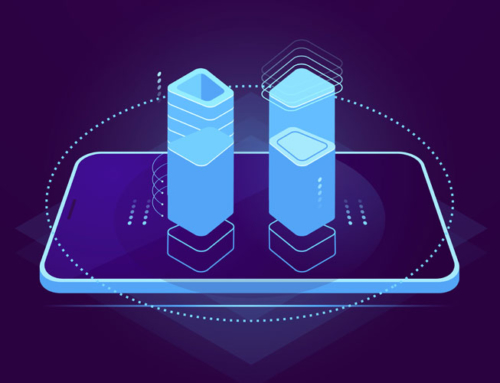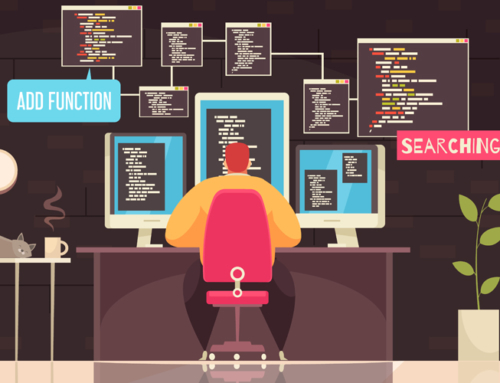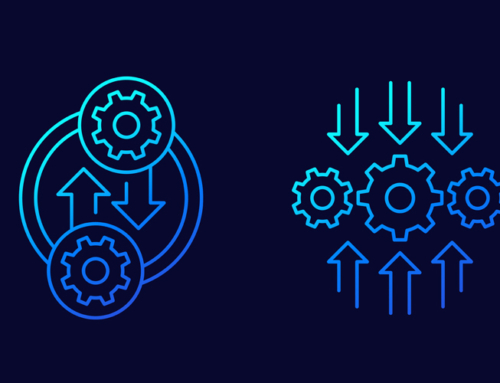There’s nothing more threatening to your APIs than a DDoS attack. This can not only harm your software, but it can lead to serious damage to your brand reputation and financial outlook.
Your APIs need security measures in place to combat one of the most common types of attacks. In this article you will learn how you can prevent a DDoS from damaging your APIs. We’ll be covering the most important topics when it comes to securing an API endpoint.
- What is a DDoS Attack
- What Makes APIs Vulnerable to DDoS Attacks
- How Hackers Exploit DDoS Attacks
- How To Prevent DDoS Attacks on APIs
1. What is a DDoS Attack?
A Distributed Denial of Service attack is a malicious attempt to overwhelm the targeted API with internet traffic. A DDoS attack is typically executed by more sophisticated hackers, but these attacks are becoming increasingly common.
A DDoS attack can be thought of as a malicious actor dumping trash onto a highway and thereby blocking legitimate traffic.
A DDoS attack starts well before your APIs are actually impacted. A hacker will begin their DDoS attack by creating a network of infected internet-enabled devices known as a “botnet.” Each device, which could be anything from a smart fridge to an unprotected laptop, is a singular bot in this botnet.
When the attacker is ready to execute their attack on the target API endpoint, they will issue commands to their botnet. These commands instruct the bots to send data to the target API endpoints with the goal of overloading and collapsing its systems.
A DDoS attack can be hard to spot because each bot represents an apparently legitimate user. Distinguishing individual bots from the large pool of internet traffic can be tricky.
These attacks are done with the goal of blocking an API’s legitimate traffic from continuing as normal, which creates financial damage for the owners of the APIs and its affiliated apps. DDoS attacks can also expose other security flaws through overwhelming firewalls and automated security tools.
2. What Makes Your API Vulnerable to DDoS
There are a few core vulnerabilities that can make your APIs more susceptible to a DDoS attack. It’s worth keeping in mind that DDoS attacks, at their core, take advantage of the fact that even the most well-protected systems will always have hardware limitations.
A DDoS attack overwhelms CPU cycles and processor power on the server that hosts your APIs. In an ideal world, we’d all have enough processing power to render a DDoS moot, but we need to keep in mind that the botnets created by attackers utilize similar pools of processor power.
APIs can become easy targets for a DDoS attack when they lack core security measures that would otherwise detect, mitigate, or outright prevent these types of attacks.
If your APIs don’t have rate limiting configured, it’s a sitting duck for a DDoS attack. Rate limiting should be your first stop when it comes to protecting APIs from one of the most common cybersecurity threats. If you do not have rate limiting configured, your APIs are sitting ducks for a DDoS attack. Rate limiting should be your first stop when it comes to protecting
Without rate limiting, you could even be hit by a friendly-fire DoS. This happens when a third-party accidentally requests too much data from your API which, in effect, has the nearly identical material impact as a true DDoS attack.
APIs that also lack a Web-Application Firewall are at risk for DDoS attacks. These firewalls can prevent malicious traffic from making it through to your API.
There are also steps you can take that act at the server-level. If you control and own your servers, buffing server security is a must-have step for preventing a DDoS. APIs that are housed on unprotected, or under protected, servers are easy targets for attackers.
3. How are DDoS Attacks Exploited by Hackers
Hackers love DDoS attacks because they offer so much versatility that works towards their malicious goals. A DDoS attack can earn hackers easy money, cause a distraction from their real attack, and be the necessary pretext for more complicated attacks. This is why it is so important to mitigate and prevent DDoS attacks.
Attackers make lots of money off of a well-executed DDoS attack. Video game companies and big websites know how much down-time costs them. Even though it might encourage future attackers, paying off an attacker’s ransom is sometimes faster and easier than fighting a DDoS attack.
DDoS attacks are often the perfect smokescreen for more complicated attacks on the side. During a DDoS attack, your security team will be rushing to mitigate damage, your dev team will be working on a fix, and the rest of your staff will be mitigating financial and PR damage. In this chaos, an attacker can walk around freely.
Think about it this way: A DDoS attack is a lot like tripping all the alarms at the biggest bank in town and then robbing the local art museum while everyone is panicking over the bank. A DDoS attack is a powerful distraction because it is one that your team must respond to immediately.
Attackers also use DDoS attacks to facilitate larger attacks. DDoS attacks expose weaknesses throughout your systems.
A DDoS attack can be the pretext for finding the necessary vulnerabilities to execute a scripting or injection attack. They can also facilitate social engineering attacks where hackers pose as IT staff during the chaos.
A DDoS attack is one of the most powerful tools in a hacker’s arsenal. It is both a means to an end and the ends itself. Your APIs need to be ready to prevent a DDoS attack to get ahead of these threats.
4. How to Prevent DDoS Attacks on Your API Endpoints
There are powerful and direct steps your APIs can take to stay protected against DDoS attacks. The most impactful steps are setting up assertive API rate limiting, an effective web application firewall, and ensuring that your team stays educated about the changing landscape of DDoS threats.
API rate limiting is the single most effective tool for limiting the damage caused by a DDoS attack. Rate limits can lower the number of calls made per second to an API endpoint, the volume of data being requested, or the types of data called for. You can set rate limits that not only protect your APIs from a DDos attack, but that also improves the overall user experience for your APIs.
Active traffic monitoring on an API endpoint can allow you to spot the abnormal traffic patterns that are often associated with DDoS attacks. Surges in traffic volume can often be a red flag for an attack and a good monitor can spot these increases as they are picking up. Keeping an eye on your API endpoint allows you to stay informed about the nature of the traffic that is accessing your services.
A Web Application Firewall also works to protect your APIs and each API endpoint. These firewalls sit between users and endpoints which can detect and block the types of traffic associated with DDoS attacks.
The last step in protecting each API endpoint in your system is to keep your teams educated about cybersecurity best practices. DevSecOps is built on the idea that security should be baked into the development cycle. Making sure team members are informed about security basics ensures that there are no “easy targets” in your API’s team.





